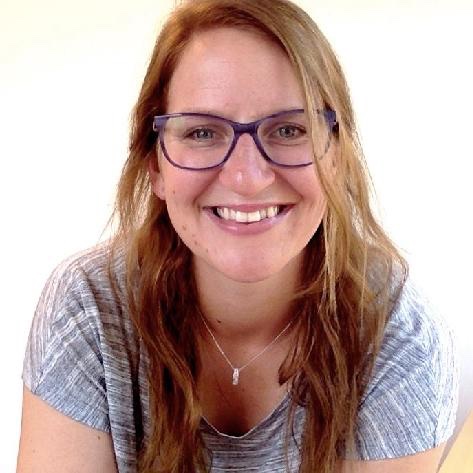
Tina Ringstad
Department of Education
Norwegian University of Science
tina.ringstad@ntnu.no
website

|
Tina Ringstad Department of Education Norwegian University of Science tina.ringstad@ntnu.no website |
| Participants: | 3 |
| Type of Study: | naturalistic |
| Location: | Norway |
| Media type: | not available |
| DOI: | doi:10.21415/T5WP4J |
In accordance with TalkBank rules, any use of data from this corpus must be accompanied by at least one of the above references.
This project is a longitudinal study of three Norwegian children (all girls), from age 1;10 to 2;8. The recordings were carried out in the children’s home, and by the parents, for approximately six months. The researcher was not present during the recordings with the exception of one child (Tuva). The majority of recordings are done during meal time or play time, and in some instances during reading or spending time outdoors. Utterances are spontaneous.
All three children live in the Trondheim area, acquiring the local dialect. The dialect of the parents is indicated in each transcription file. One or both parents are always present in the recordings, and other adults are also present at times. This is indicated in each transcription file. All three children go to kindergarten.